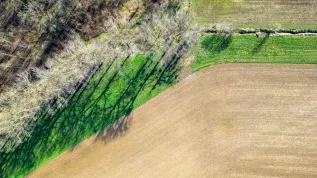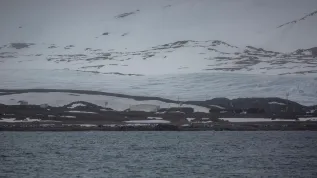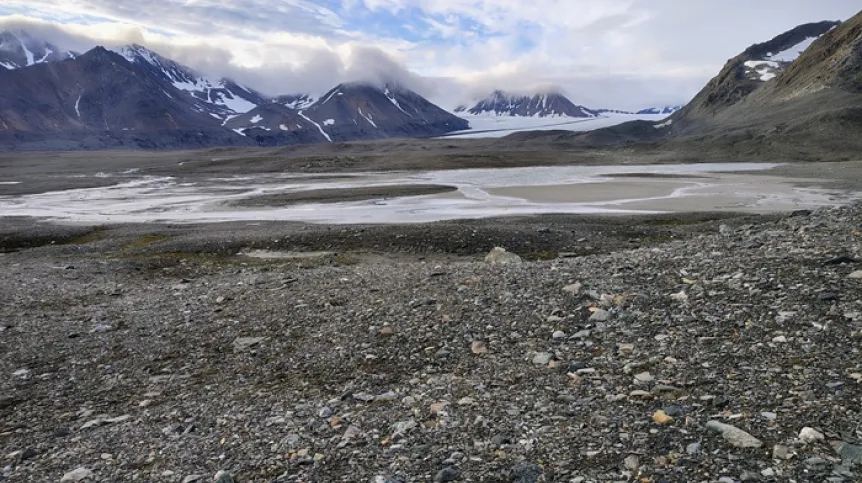
An international team of scientists, including a researcher from the University of Wrocław, has identified new mechanisms by which the Werenskiold Glacier in the Hornsund region of Spitsbergen supplies nutrients such as iron and silicon to Arctic ecosystems.
The study, published in „Chemical Geology", shows that glaciers play a key role not only as freshwater sources but also as nutrient suppliers. Glacial erosion releases mineral particles into meltwater, which can adsorb elements essential for life — including iron, silicon, and phosphorus — onto their surfaces. These bioavailable forms support Arctic marine ecosystems and influence the carbon cycle.
“Glaciers thus become a natural laboratory where processes that bind carbon from the atmosphere occur,” said Łukasz Stachnik, PhD, from the University of Wrocław, the study’s first author. “Iron in the form of reactive phases, such as ferrihydrite, can stimulate phytoplankton growth, and amorphous silica is essential for diatoms. Even phosphorus, although present in lower concentrations, can be released from suspended particles under appropriate chemical conditions.”
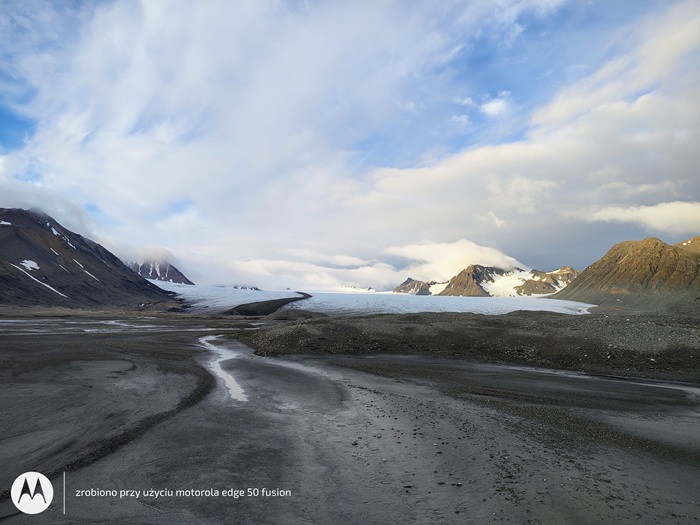
Field research conducted on the Werenskiold Glacier revealed that the geological and chemical diversity of the substrate determines both the type and amount of elements transported by meltwater. In regions with intensive oxidation of iron sulphides, suspended particles were rich in bioavailable iron, while areas dominated by silicate weathering showed higher silicon and phosphorus content.
The study found that sediment-bound iron concentrations were up to 42 times higher than its dissolved form, while sediment-bound silicon was three times higher. This indicates that valley glaciers such as Werenskioldbreen can be significant sources of nutrients for Arctic coastal waters — a process expected to intensify as ice continues to melt.
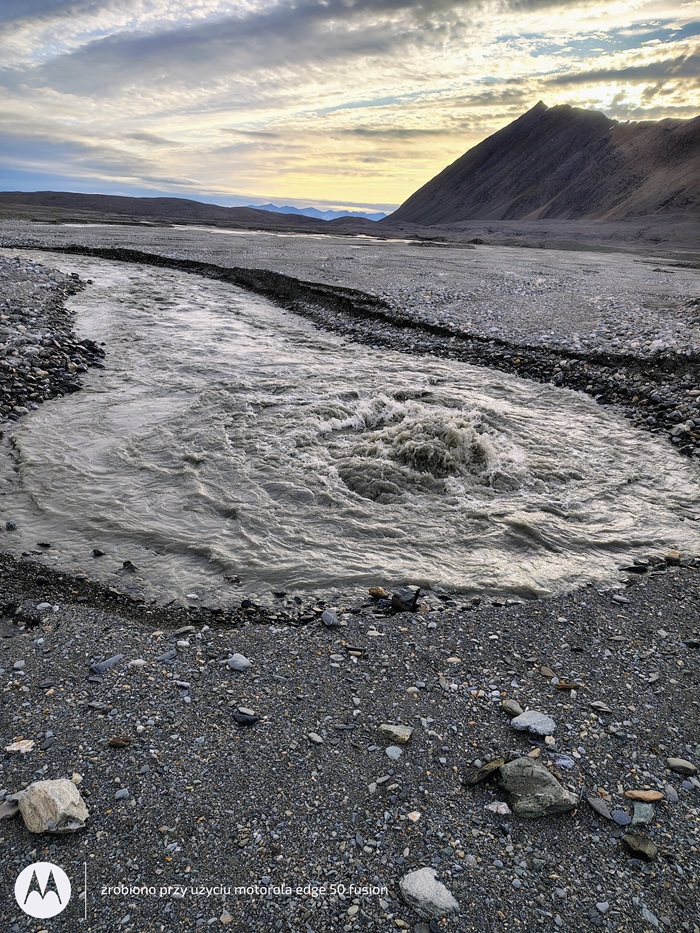
The research was carried out under the FLOURISH project, funded by the Polish National Science Centre (NCN) under the SONATA 17 programme and supported by the Bekker Programme of the Polish National Agency for Academic Exchange (NAWA).
Collaborating institutions included the University of Silesia, the University of Warsaw, Germany’s GFZ Helmholtz Centre for Geosciences and Freie Universität Berlin, the University of Pennsylvania, UiT The Arctic University of Norway, Italy’s CNR Institute of Polar Science and Ca’ Foscari University of Venice, and the University of Basel in Switzerland.
PAP - Science in Poland
zan/
tr. RL

